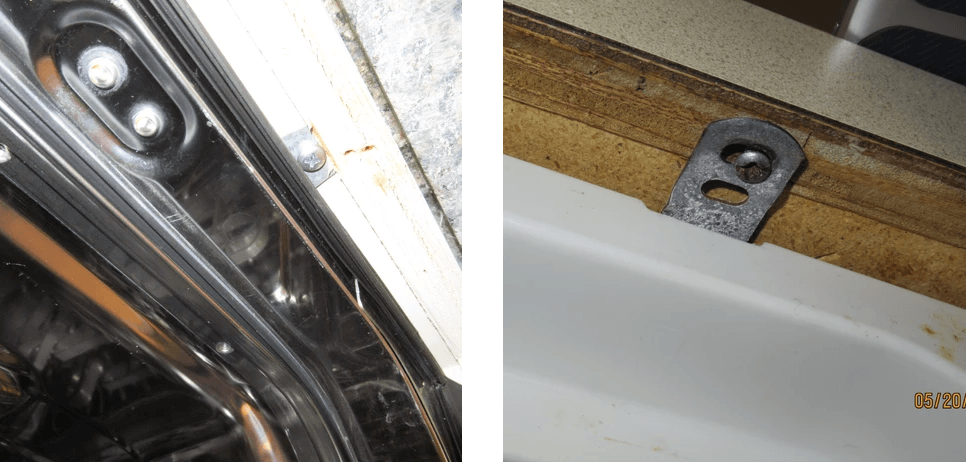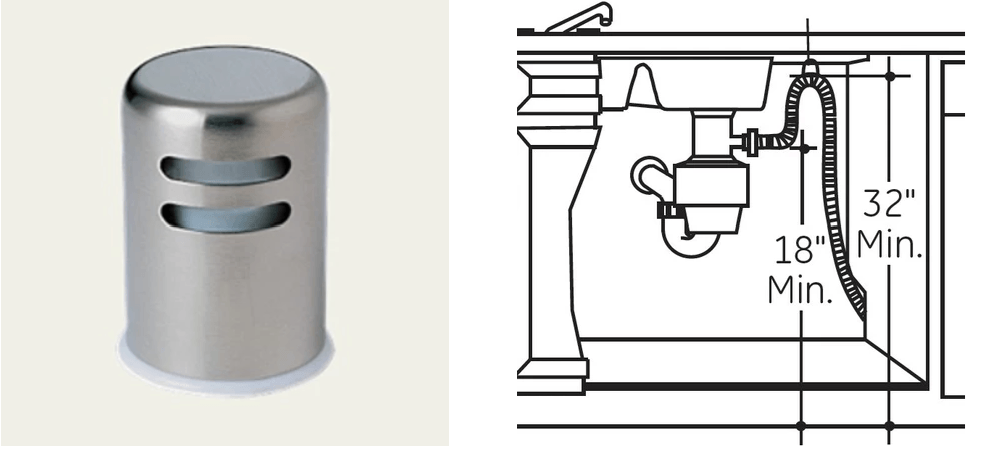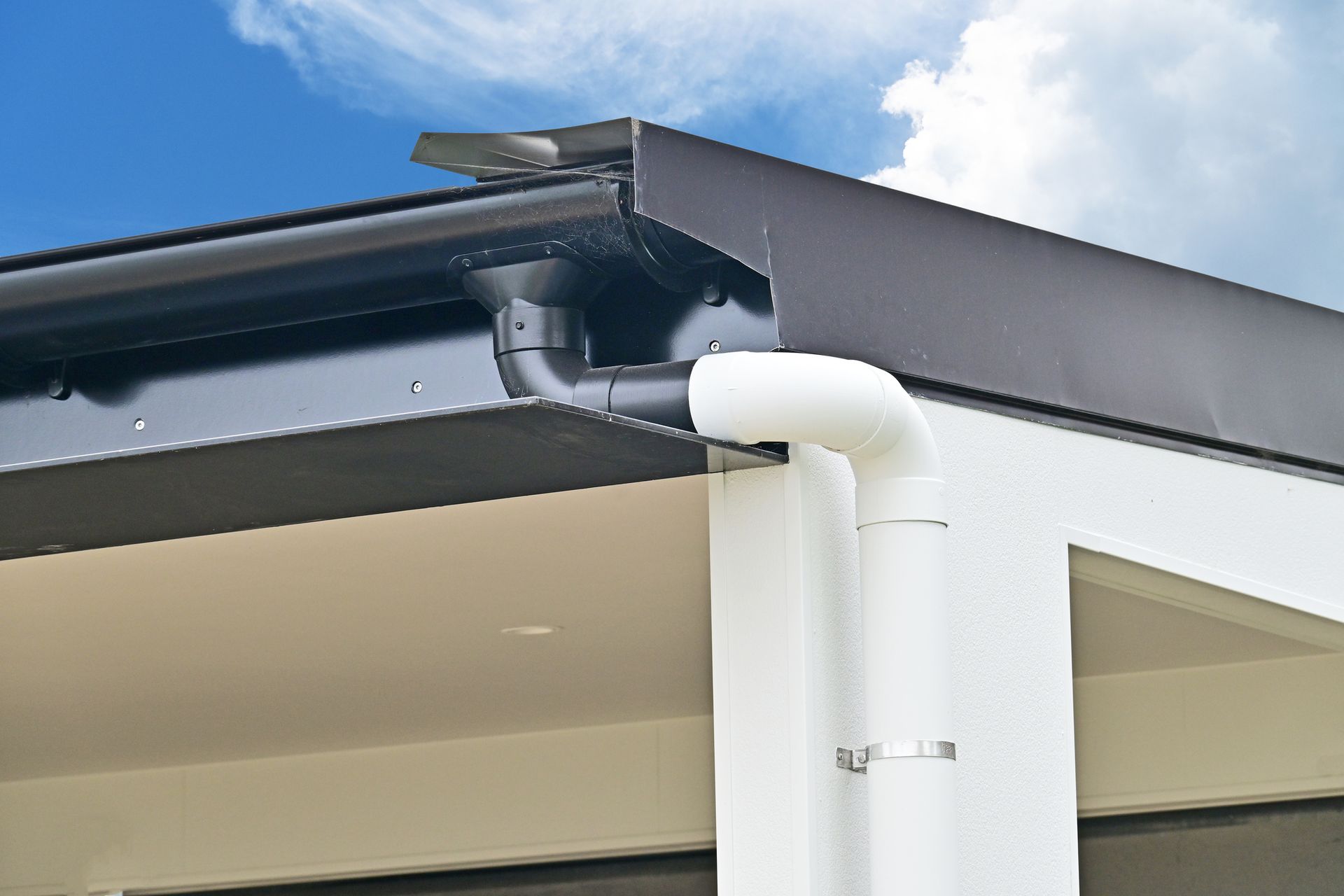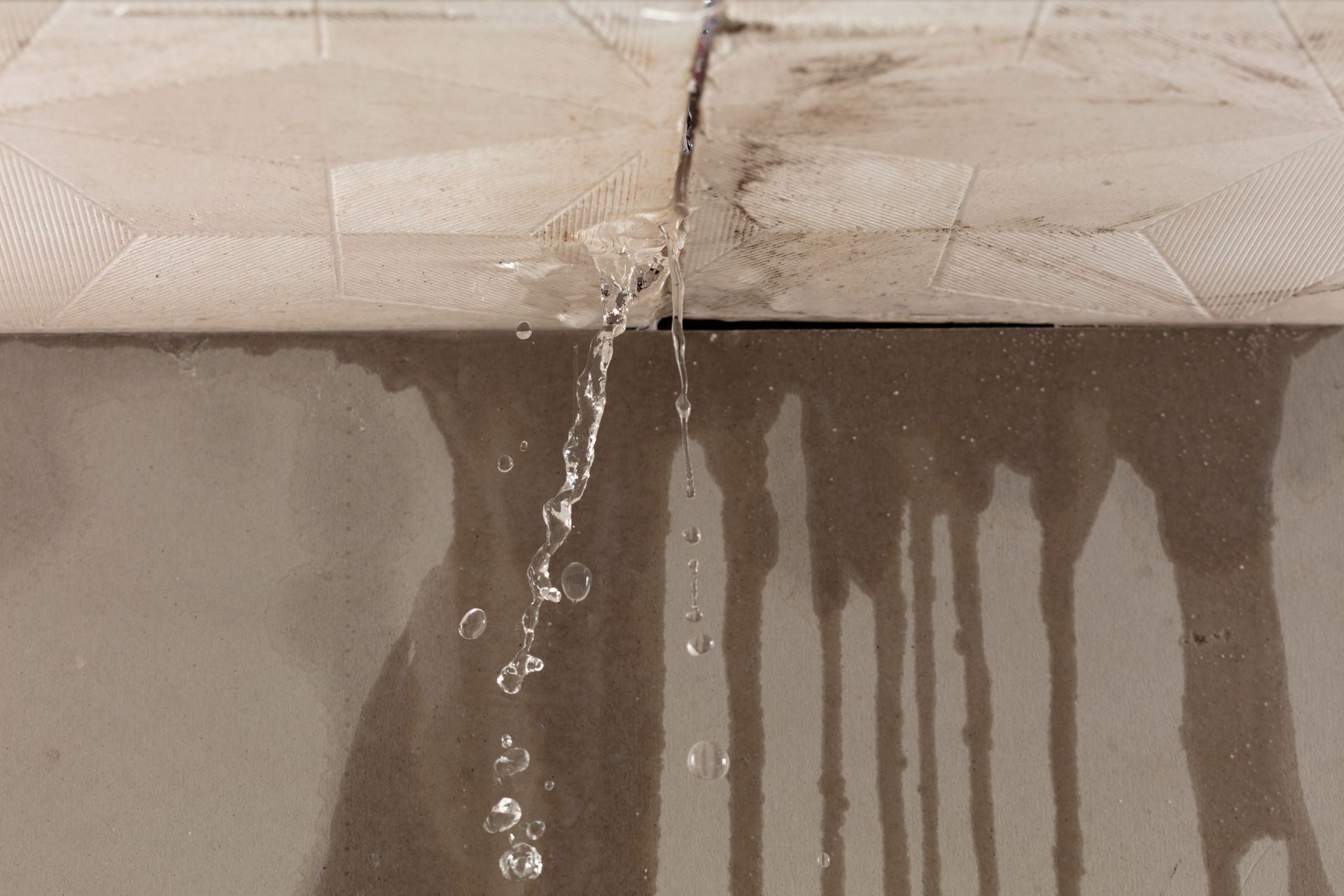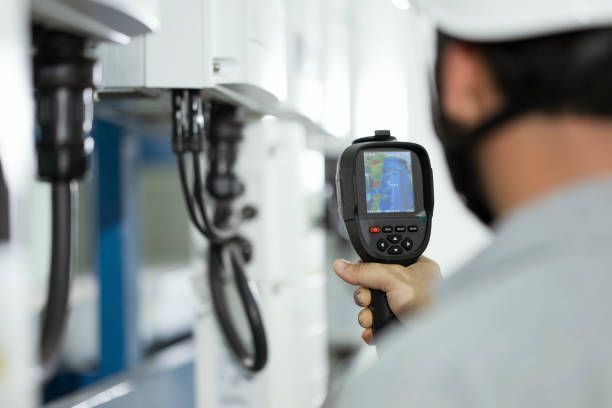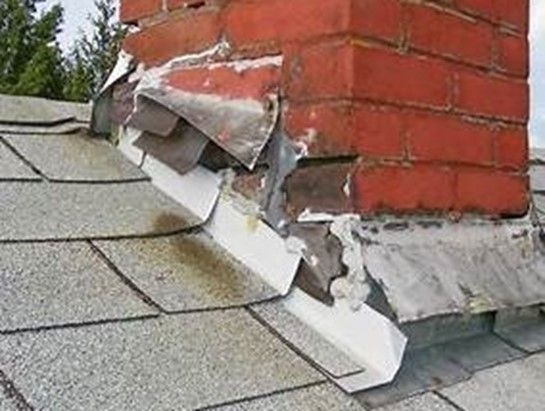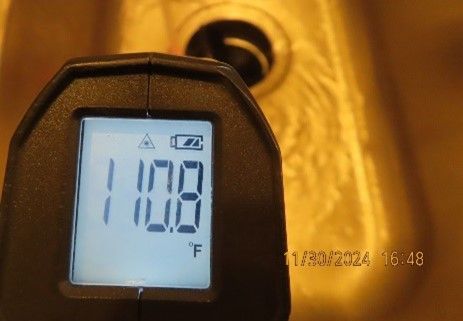April 28, 2025
When you're looking at buying a house, especially one that's been recently renovated, you expect everything to be updated and in perfect working order. A home inspector plays a crucial role in verifying this, meticulously checking components that might look fine on the surface. Sometimes, though, standard visual checks aren't enough, and that's where technology comes in. Eric Christie from Boxer Inspections , a name familiar to those seeking home inspections in Missouri City Tx , recently shared a great example of this from a property inspection there. The property was a renovated house located in Missouri City . The kitchen was particularly nice, boasting lots of new appliances . Everything looked aesthetically pleasing . However, the environment created a specific challenge for inspecting the gas cooktop: there was a lot of light coming in . Eric noted that because of the bright conditions, it was difficult to visually tell whether the burners were on . The flames, while present, were not easily discernible against the bright background. In such a situation, an inspector might traditionally consider using a temperature probe to confirm if the burners were heating up. This is a valid method, but on this day, Eric opted for a different tool from his kit: his thermal camera . This choice offered a different perspective and proved to be quite insightful. Bringing out the thermal camera , Eric found he could zoom in , which he described as "kind of neat" . The thermal camera's strength here was its ability to detect and visualize heat. Through the thermal lens, he could actually see the flames and the heat rising off the burners . Getting a bit closer provided an even clearer view of this heat signature. This demonstrated functionality in a way that the naked eye simply couldn't perceive in the bright light conditions. This use of thermal imaging wasn't just interesting; it served a practical purpose for the inspection process, which is key for any thorough home inspector [implied]. Being able to visualize the heat patterns allowed Eric to take a quick picture . This thermal image provided a clear record , serving as confirmation that all of the burners were functioning and that they were heating up , which is, as he noted, "good" . It offered concrete documentation of the appliance's operational status that was difficult to get through a simple visual check. Eric highlighted this experience as an "interesting factoid" and an illustration of the "different ways of doing inspections" that inspectors encounter depending on the specific property and its conditions . It emphasizes the importance of adaptability and using the right tools – like a thermal camera – to ensure a comprehensive and accurate assessment, especially in situations where standard methods are hindered. For those seeking home inspections in Missouri City Tx , this demonstrates the depth of the inspection process. This application of thermal technology is a smart workaround for a real-world problem encountered during a home inspection [implied], ensuring that crucial details about the property's components are verified and documented. It's a testament to how skilled home inspectors , including those performing home inspections in Missouri City Tx , leverage specialized equipment to provide thorough reports to their clients. Keep in mind, not all inspectors have specialized equipment to use for home inspections. So, choose your home inspector wisely. I serve many cities around Missouri City, including Sugar Land, Richmond, Rosenberg, Stafford, Bellaire, Alief, Meadows Place, Katy, & Fulshear. Call me to schedule at 281-783-3030 Eric Christie of Boxer Inspections shared this glimpse into his process, wishing everyone a great day.

